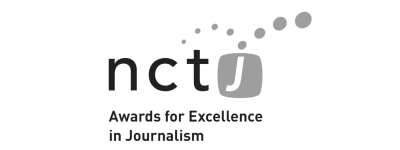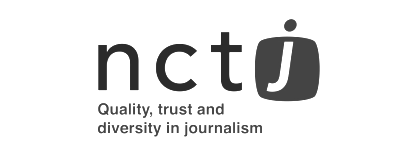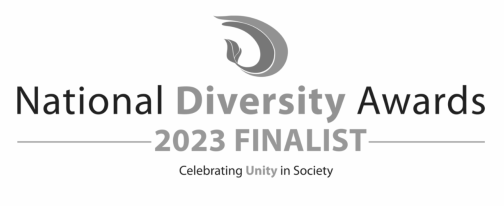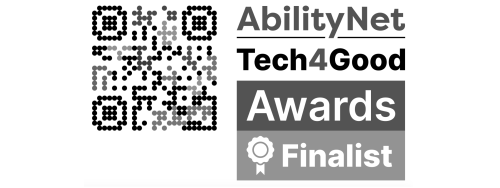A teacher from east London is the first person to be fitted with a new 3D printed hand, giving him back hand functionality after a traumatic amputation 30 years ago.
50-year-old Suleman Chohan has been searching for a device to help with two-handed activities for 30 years. “When I had my amputation, there wasn’t much around. My NHS centre gave me a dummy latex hand that didn’t have any function. It was really heavy, so I didn’t really use it.”
Now wearing a prototype called the Hero Gauntlet, a 3D printed device custom-made using 3D scanning and 3D printing, Suleman now can control and move his 3D printed fingers which has led him to rediscover his love of gaming. “I love VR gaming. The trouble is, I couldn’t hold both controllers. It really frustrated me, up to a point where I sellotaped the controller to my amputation, which was weird and didn’t really work anyway. But now, I can enjoy the full VR experience, and it just feels so great to be able to hold both controllers” commented Suleman.
Along with holding VR controllers, Suleman said his Hero Gauntlet enabled him to return to mountain biking, prepare food more easily, shop, and use a phone.Suleman described his 3D printed hand as ‘beautiful’ and enjoys people reacting positively to his new wearable technology, he said: “When I’m out with it sometimes it gets a lot of attention from people. It makes me feel pretty cool.”
The Hero Gauntlet is an active partial hand prosthesis that is made custom for every user using 3D scanning, 3D modelling, and 3D printing technology. This device enables people who are born without fingers, and people who undergo partial hand amputation to regain hand functionality. It is the difference between being able to hold a knife and fork to cut your own food or not.
When talking about using the Hero Gauntlet day-to-day Suleman has noticed his confidence growing. From being able to hold down vegetables when chopping, to going out shopping; “before I could only hold shopping bags in my left hand. So I was limited to what I could carry. But now when I’m out and about, I can carry two or three bags.”
“When I lock the digits, I’ve got my finger fixed there, I can swipe on my phone and type text messages. Whereas before, without the prosthetic, I ended up smashing my phone so many times.”
Suleman has been working with the team behind the Hero Gauntlet device for around a year. He described the process: “I’m just proud and honoured to be a part of that. It’s a work of art, it’s amazing. Honestly, it’s brilliant stuff they can do.”
The creators of the Hero Gauntlet is British robotics company Open Bionics.
By working closely with a pool of people testing the Hero Gauntlet, Open Bionics were able to gauge how certain features performed under the strain of everyday life. Open Bionics mechanical engineer, Hellie Mutter, said: “We designed the product in collaboration with users via lab testing, weekly diaries, and clinic visits. We were really excited to see how intuitive our users found the active operation mechanism, which meant that even the early prototype versions were able to open-up new experiences for our users. It’s been especially great to hear how the look of the device has given some of our test users a confidence boost regarding their limb difference.”Open Bionics is an award-winning company creating assistive technologies that enhance the human body. They are currently equity crowdfunding on the platform Crowdcube and seek supporters to join their mission. Please join them here: https://www.crowdcube.com/early-access/open-bionics-ltd


















